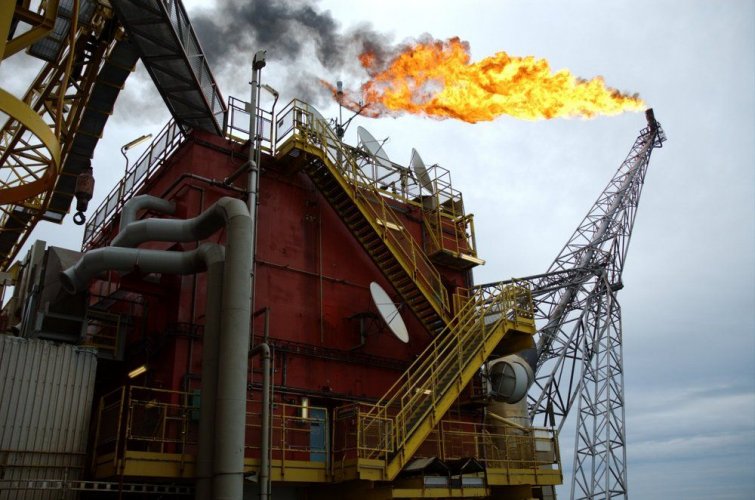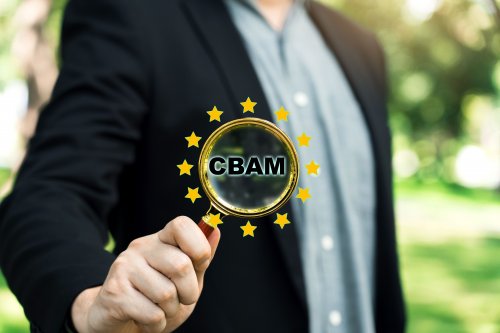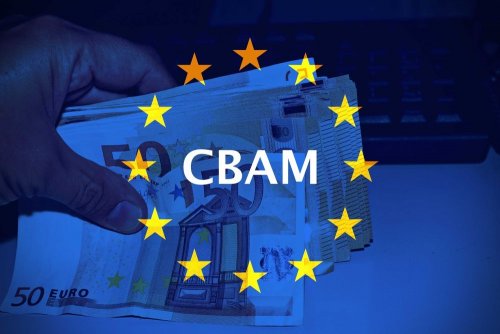In 2023, heavy industry in the European Union under the EU's greenhouse gas emissions trading system (ETS) was still receiving most pollution permits for free, sometimes even in excessive quantities.
This is according to a new report by Carbon Market Watch and the World Wildlife Fund (WWF).
What the problem is
Analysts say the EU has effectively subsidized Europe's dirtiest industries, particularly the steel and cement industries.
“This wasteful and inefficient policy has cost society €40 billion that could have gone to fund clean technologies,” WWF says.
According to the report, nearly 40% of STV revenues to the Innovation Fund were allocated to carbon capture and storage/utilization, potentially sidelining other important green solutions.
According to the analysts, a rational approach would be to phase out free allowances and use the additional revenues to support investment in the much-needed decarbonization of ETS sectors.
As a prime example, the report's authors cited the steel industry, which remains one of the dirtiest sectors in the EU. It received €11.3 billion in free quotas in 2023.
“This allowed [the industry – ed.] to emit carbon at no cost to itself and society took the burden,” the researchers said.
The report also provides figures for individual companies that benefit from the current system:
- steel giant ArcelorMittal received more than €3.8 billion in free pollution permits in 2023 (about 140% of its actual emissions);
- cement producer Heidelberg received almost €2 billion, covering about 106% of its pollution.
“These and other companies continue to pay nothing for their emissions, proving that the EU ETS still allows the biggest polluters to not only not pay for their emissions, but to make money from it,” WWF says.
What's wrong with the European Innovation Fund
The authors of the report pointed out 2 main problems with this institution set up to finance the clean transition:
- insufficient revenues;
- too narrow a focus.
What is meant by this? Let's take a closer look.
What does CBAM have to do with it
Material in the report shows that a high carbon price and the implementation of a carbon-based import adjustment mechanism (CBAM) are key to increasing the Innovation Fund budget.
“For this to happen, carbon pricing instruments such as ETS and CBAM must be properly implemented and strengthened over time,” the analysts state.
According to Camille Mori, WWF's senior industry decarbonization specialist for the EU, delaying CBAM for two years, as some stakeholders have suggested, would deprive the EU Innovation Fund of around €20 billion that could be invested in making European industries greener and more competitive.
“In 2030 alone, around €9bn will be lost on free pollution permits instead of supporting real industrial transformation. At a time when we need to accelerate climate action, delaying CBAM will send the wrong signal, burden our industries with even more uncertainty and slow down much-needed change,” she says.
Investing in a questionable direction
According to the analysis, much of the fund's investment is directed towards carbon capture and storage (CCS) and carbon capture and utilization (CCU): of the €6.4bn (the Innovation Fund's total budget for 2020-2022), more than €2.5bn, i.e. almost 40%, has gone directly to finance CCS and CCU projects.
“While CCS can play a role in tackling truly unavoidable technological emissions in targeted sectors such as cement and lime, it is far from being the only or best solution to further reduce emissions in the industrial sector,” the analysts believe.
According to Camille Mori, the EU Innovation Fund should be a driving force for energy-intensive industries that have real plans for decarbonization. She insists that funding priority should be given to solutions that expand the use of clean energy, increase energy efficiency and push industry towards sustainable production.
The other day EcoPolitics wrote about the fact that the EU assessed its progress in achieving environmental goals, which turned out to be rather sluggish: only 5 out of 28 analyzed indicators were considered by analysts to be “on the right track”.





